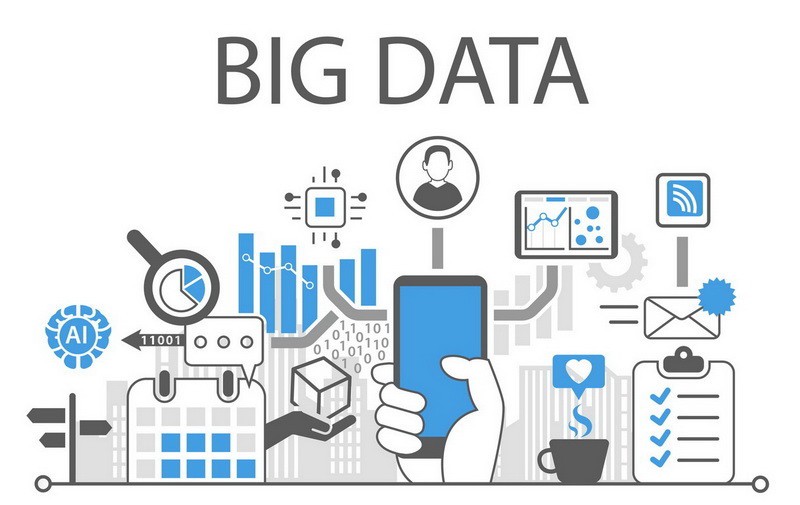In today’s digital world, the volume of data generated is growing at an unprecedented rate. This vast amount of data, often referred to as “Big Data,” holds immense potential for businesses and organizations to gain valuable insights and make data-driven decisions. In this guide, we will introduce you to the concept of Big Data and explore the fundamentals of data analytics.

1. Understanding Big Data:
a. Volume: Big Data refers to the enormous volume of data generated from various sources such as social media, sensors, devices, and business transactions. This data is often too large and complex to be processed using traditional data processing techniques.
b. Velocity: Big Data is generated and collected at high speeds, demanding real-time or near-real-time analysis to extract valuable insights.
c. Variety: Big Data comes in various formats, including structured data (e.g., databases), semi-structured data (e.g., XML, JSON), and unstructured data (e.g., social media posts, emails). Analyzing different data types requires specialized tools and techniques.
d. Veracity: Big Data poses challenges in terms of data quality, reliability, and trustworthiness. It is crucial to ensure data accuracy and integrity when performing data analytics.
2. The Value of Data Analytics:
Data analytics is the process of examining large datasets to uncover meaningful patterns, trends, and insights. It offers numerous benefits, including:
a. Improved Decision Making: Data analytics enables informed decision-making by providing actionable insights based on data-driven evidence rather than intuition or guesswork.
b. Enhanced Efficiency and Productivity: By identifying inefficiencies and bottlenecks, data analytics helps optimize processes, improve resource allocation, and increase productivity.
c. Personalized Experiences: Data analytics enables organizations to deliver personalized experiences to customers by understanding their preferences and behavior.
d. Better Risk Management: Analyzing data helps identify potential risks, detect anomalies, and implement proactive measures to mitigate them.
e. Competitive Advantage: Organizations that effectively leverage data analytics gain a competitive edge by understanding market trends, customer demands, and emerging opportunities.
3. Key Components of Data Analytics:
a. Data Collection: Data is collected from various sources, including databases, sensors, web scraping, social media platforms, and customer interactions.
b. Data Storage and Management: Big Data requires robust infrastructure and storage solutions like data lakes or distributed databases to store and manage large datasets efficiently.
c. Data Preprocessing: Raw data needs to be cleaned, transformed, and structured to remove inconsistencies, handle missing values, and prepare it for analysis.
d. Data Analysis: Techniques such as statistical analysis, data mining, machine learning, and predictive modeling are applied to extract insights, patterns, and correlations from the data.
e. Data Visualization: Communicating insights effectively is crucial. Data visualization techniques, such as charts, graphs, and dashboards, help present complex information in a visually appealing and understandable manner.
4. Tools and Technologies:
a. Apache Hadoop: An open-source framework that enables distributed processing of large datasets across clusters of computers.
b. Apache Spark: A fast and versatile analytics engine that supports large-scale data processing and advanced analytics.
c. Python and R: Popular programming languages for data analysis and statistical modeling, offering numerous libraries and packages for data manipulation and visualization.
d. SQL and NoSQL Databases: SQL databases like MySQL and PostgreSQL, as well as NoSQL databases like MongoDB and Cassandra, are used to store and retrieve structured and unstructured data.
e. Data Visualization Tools: Tools like Tableau, Power BI, and D3.js allow for the creation of interactive and visually compelling data visualizations.
Conclusion:
Big Data and data analytics present immense opportunities for businesses and organizations to gain valuable insights, improve decision-making, and gain a
competitive advantage. By understanding the characteristics of Big Data, recognizing the value of data analytics, familiarizing yourself with the key components of data analytics, and exploring relevant tools and technologies, you can embark on the journey of leveraging data to drive meaningful outcomes. Embrace the power of data analytics and unlock the potential of Big Data in your organization’s success.